There are three basic types of corn especially sweet corn or super sweet maize that you are likely to find in the markets and home gardens. The traditional type is “sweet” and medium denoted in many seed sources by the letters “SU”.
- Corn is one of the most popular starchy vegetables that have a million benefits from roots to the seeds. This is also a type of staple food for the world’s inhabitants. Apart from being a staple food for humans, corn is also commonly used as an ingredient in animal feed, edible oil, corn starch, and even in the cosmetics and pharmaceutical industries.
- The second type is an “extra sweet” or “ultra-sweet” or “SH2”.
- The third is also super sweet corn known as “SE” for “extended sugar”. So, these varieties are extremely sugary, soft, crunchy, and typically retain the aforementioned qualities after harvest.
Types of Corn : Overview
As we see the benefits and classifications of corn, many gardeners even farmers think to cultivate it, which can be easy to do by considering the type of soil, appropriate varieties that are suitable for the hardiness zones, and accessible to grow.
Here we present you with 15 types of corn easy to cultivate. Stay tuned!
1. Golden Bantam Corn
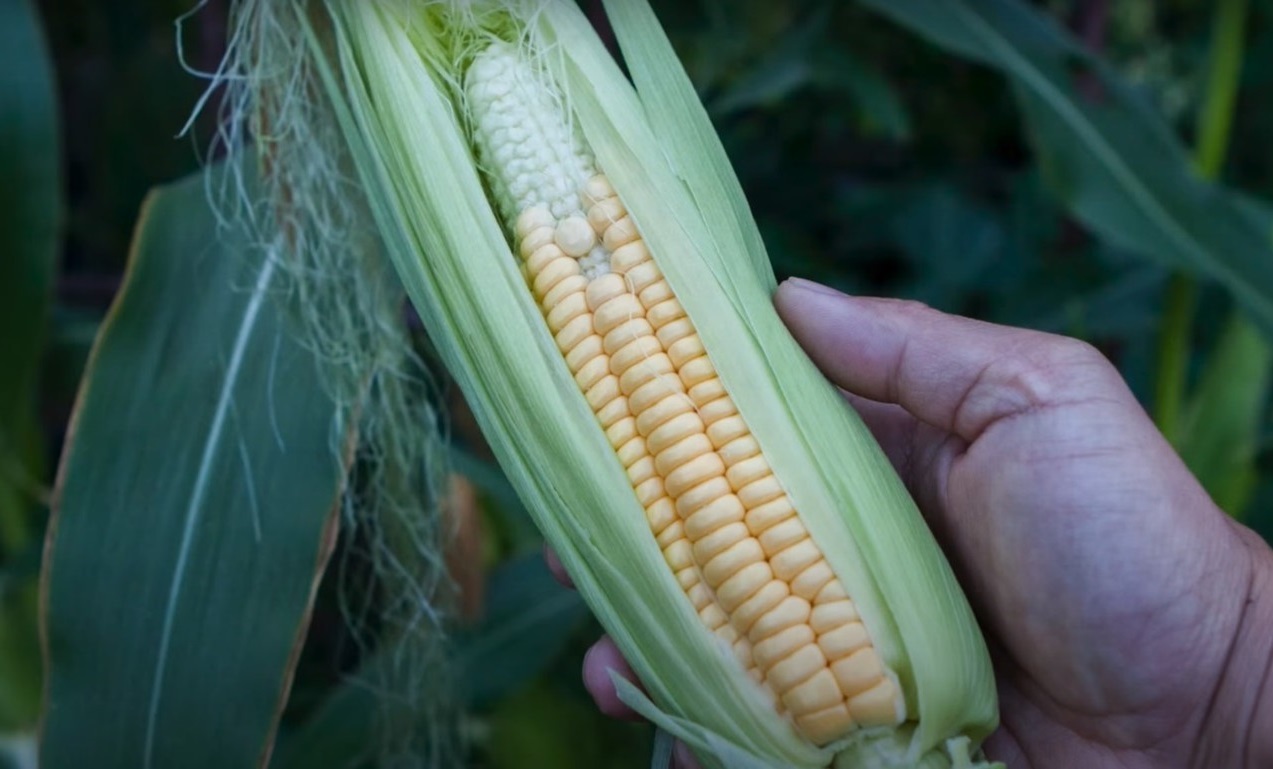
This types of corn is the old standard of yellow sweet variety that becomes one of all the foremost favorable. The plants can grow about six feet and produce 6 to 7-inch ears loaded with eight to 10 rows of sweet, plump, golden kernels.
How to grow? You’ve got to plant Golden Bantam corn in a place with lots of sun in blocks to shield pollination. The plot must be at least 10 feet.
Seedlings will arise within 7-14 days. Once they are 3-5 inches (8-13 cm) tall, thin them to a foot apart. Keep the surface around the plants free of weeds and monitor for pests or disease. Water the plants on a day to day depending upon the weather. Corn needs 1-2 inches of water per week. Corn will be ready to harvest around 78 days from seeding.
2. Nirvana Hybrid Corn
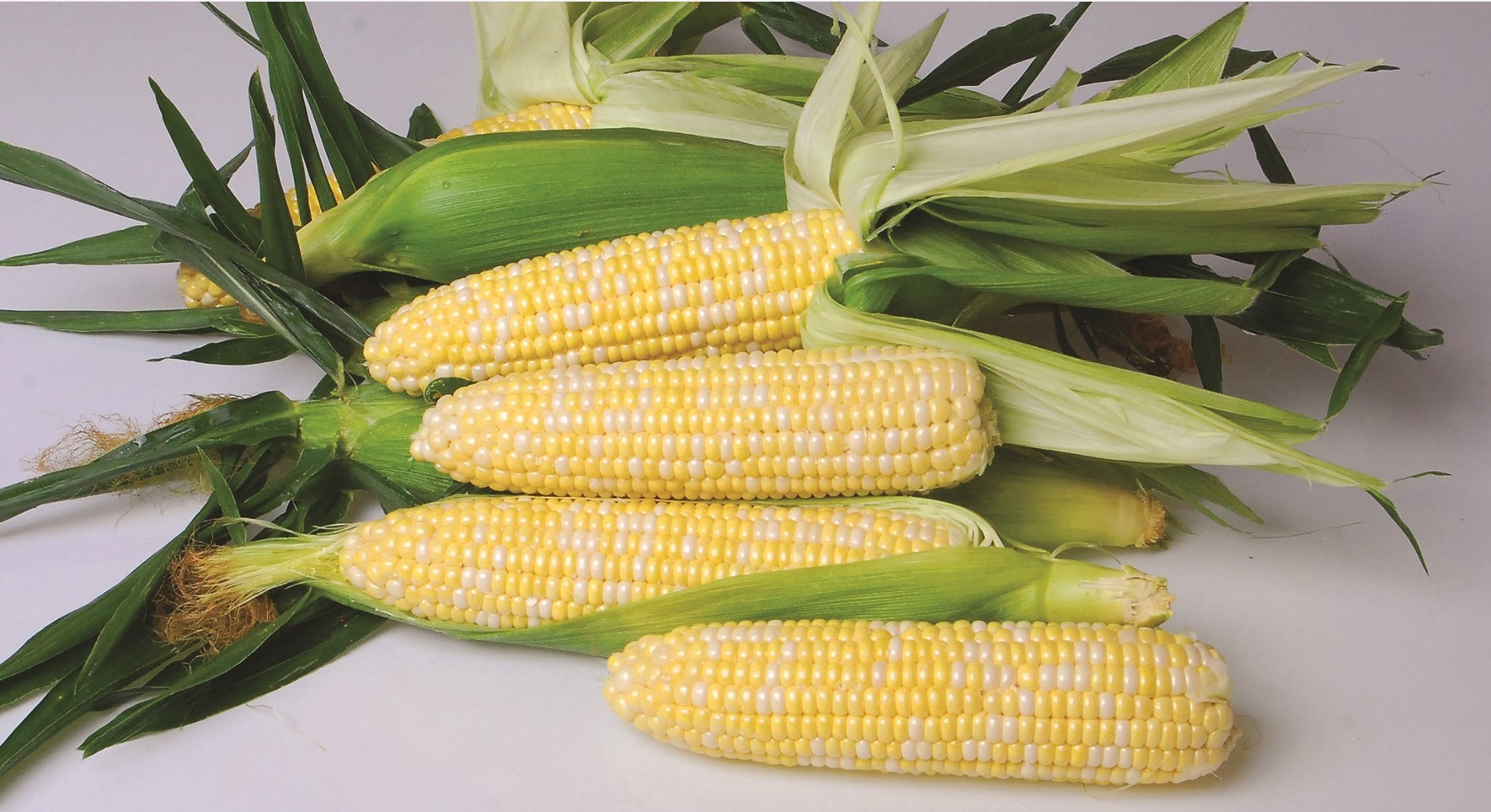
So, what is Nirvana hybrid corn?
Nirvana is sugary and truly solitary bi-color sweet corn, the best of all worlds. The wonderful seed vigor and emergence comes with the best quality of kernel taste and texture. This types of corn is high yielding with uniform, full tipped ears that have nice kernel contrast and rowing.
Nirvana is a strong planter as well and eight ears are set at 24″ on sturdy and clean 6-1/2′ plants. Ears that break easily have dark green husks that protect the tips of the ears well, and lots of dark green Flag leaves, ears have solid filling ends and 15-16 rows of yellow and white seeds.
Related: 5 Crucial Thing How to Grow Hydroponic Corn from Seed to Harvest Easily
3. Picasso Corn

Picasso, with its striking deep purple stems and husks, is a stunning visual and culinary marvel. Served grilled, grilled, or stewed, the 8 “white and yellow bicolor ears are sweet, spicy, and irresistible. The multitalented variety of ears and stalks brings the perfect fall decor across any environment.
4. Stowells Evergreen
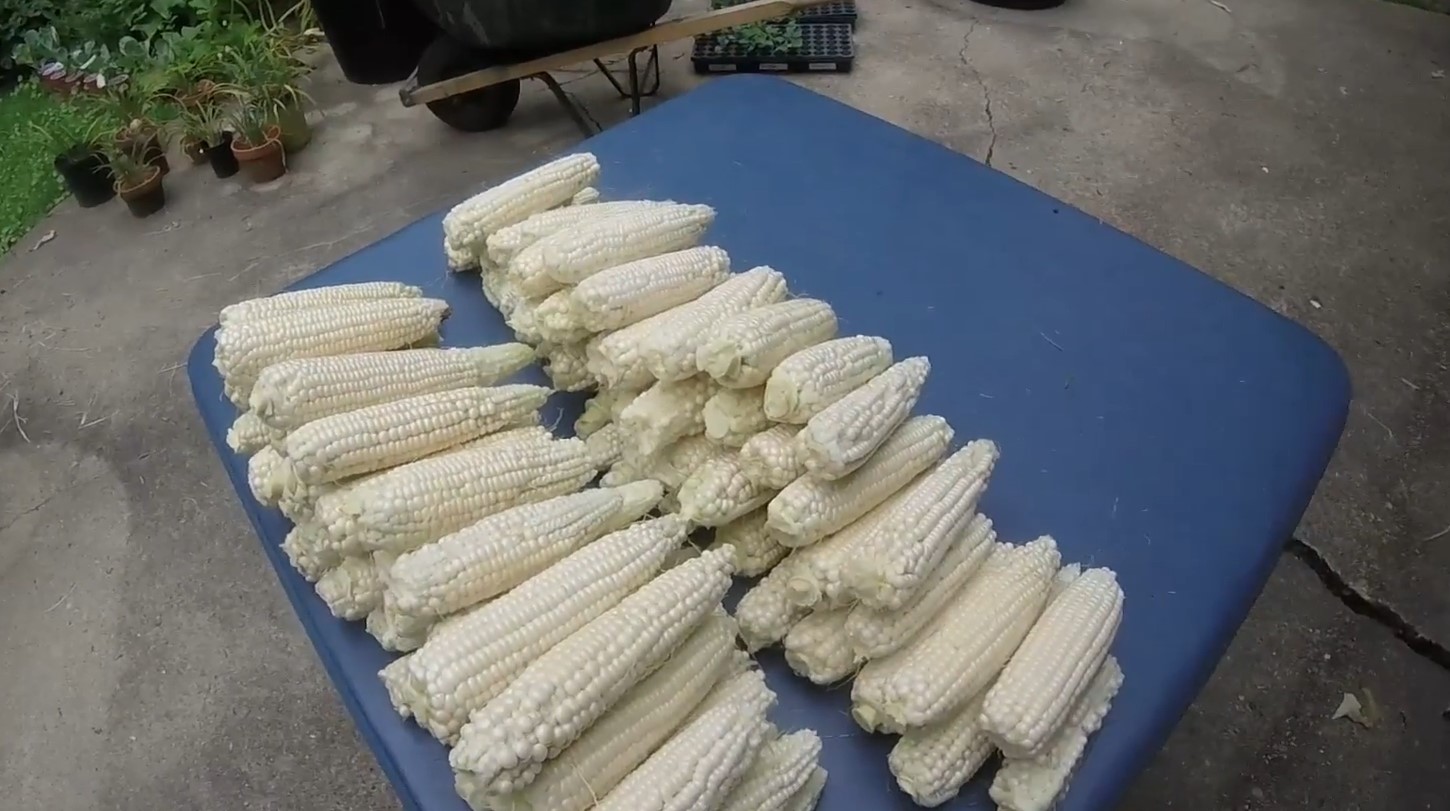
This types of corn remains a favorite of the many, producing tasty white kernels. Plants are removed when fully ripe. Ears will last well into winter, during spring-fresh conditions.
Stowells Evergreen needs sufficient nitrogen. Add manure or rich compost some weeks before planting. Add a high-nitrogen organic fertilizer every few weeks until tassels form. Ready for selecting 2 1/2 – 3 weeks after silks appear. Silks become dry and brown. The kernels should be plump and full. The corn is ready to harvest after all.
5. Ambrosia Corn
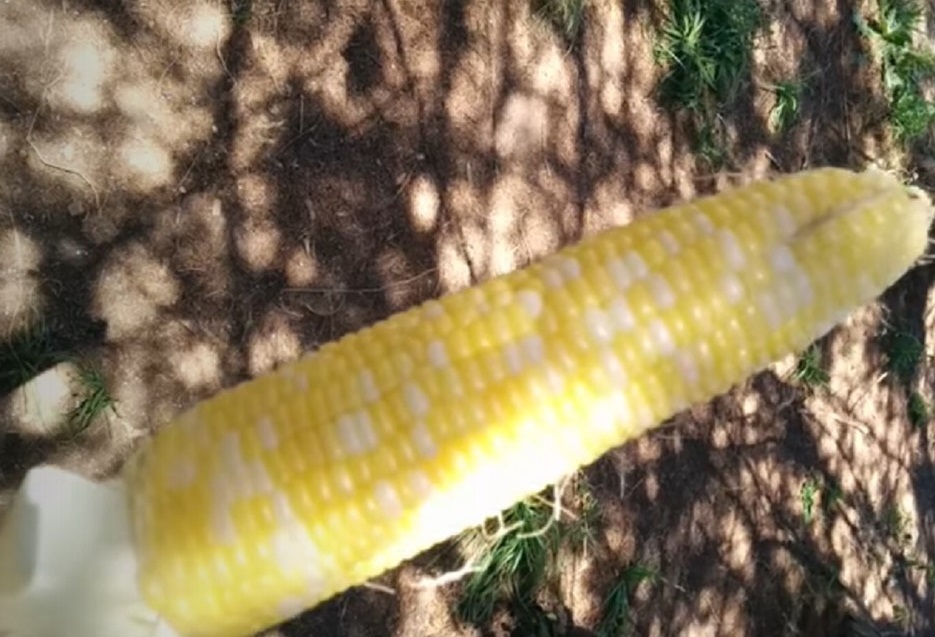
Ambrosia Corn is two-color sweetened corn (SE) with an extraordinary taste. It combines a delicious mix of white and yellow seeds. This corn ears 8 ″ long are filled with about 16 rows of crammed kernels. Its sweet and plump flavor makes this type of corn perfect for summer picnics.
6. Jubilee Hybrid Corn
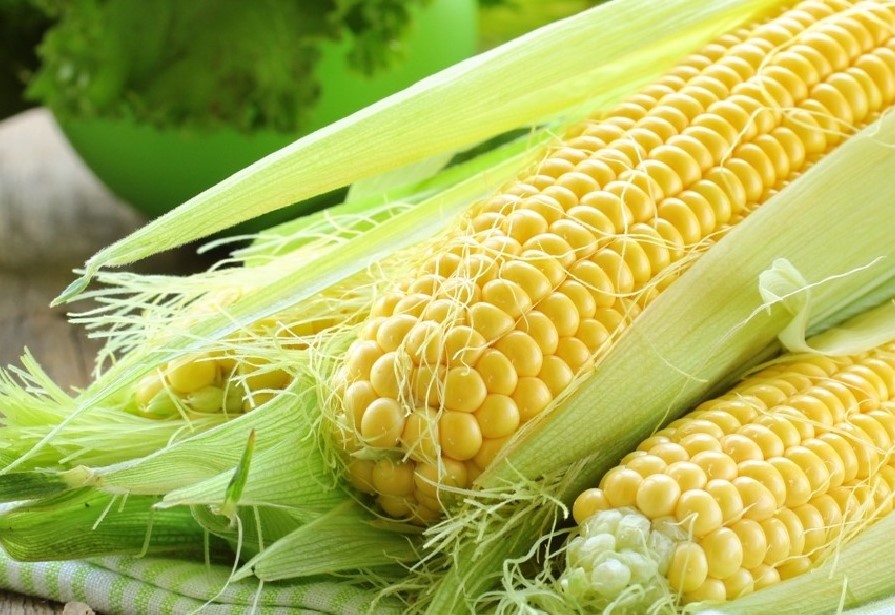
Jubilee corn is the old-time favorite corn. It is one in every of the foremost famous varieties sold and is superb for late summer enjoyment. Its stalks reach 6 feet tall, and the 9-inch ears have deep, tender yellow kernels. You can pick them straight from the stalk and cook them for dinner.
7. Silver Queen Hybrid

Silver Queen is one of the most well-liked and dependable hybrid sweet corns. Ears are 8½ in. long, crammed with 14-16 rows of sweet white kernels.
This types of corn is drought tolerant and better than other hybrids in terms of being resistant to insects.
Seeds germination is bad in cold soil, so take your time! Early plantings could be started by starting transplants or with seeds before sprouting. The small package contains about 135 seeds.
8. Honey Select Hybrid
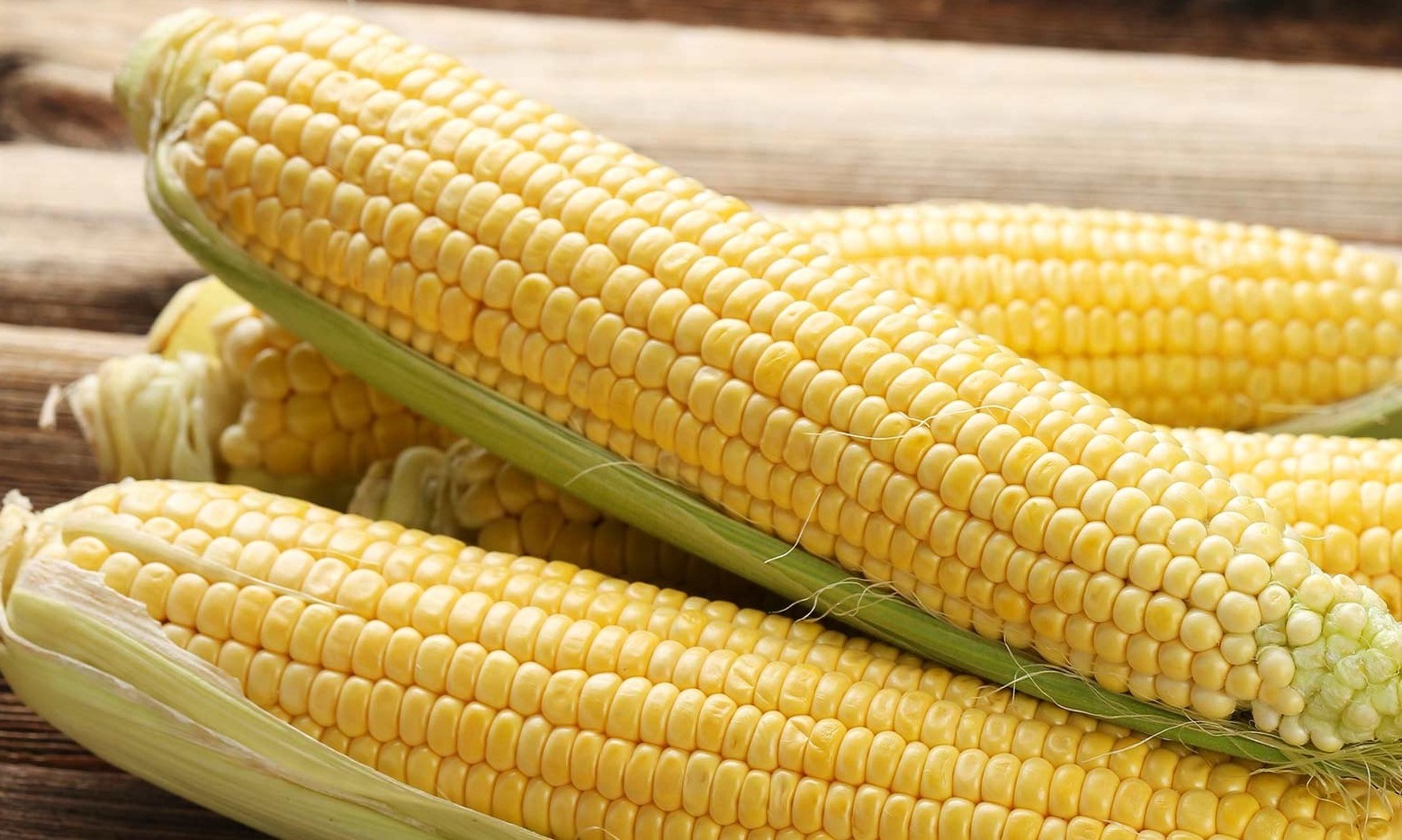
This edible and easy-to-care type of corn offers 2 kernel types, 75% sugary-enriched, and 25% super sweet. Its seeds’ color is yellow. It can grow about 6 ft and is heat tolerant; so it takes full sun for the light requirement. It will be ready to harvest about 79 days in late or middle summer.
9. Ruby Queen Hybrid

Ruby Hybrid, SE sweet corn, is an amazing new sweet variety with incredible red color. You will not believe how delicious it is until you taste it yourself.
You can enjoy Ruby Queen in two stages. Pick them blush-red for maximum SE sweetness, or allow them to ripen to a full red so they can develop a rich, ancient corn flavor. The fleshy ears are 8 “long with 18 rows of very soft and juicy seeds. The plant is 7 feet tall and sometimes has two ears each.
No have to isolate from other corns, but you should grow another SE variety with Ruby Queen to assist with pollination. It is ready to harvest in 75 days.
Steaming and microwaving are the simplest cooking methods for enhancing the delectable color. As a new bonus, the red tassels and stalks make fantastic autumn decorations. Grow fully sun in rich, fertile, well-drained soil.
10. Blue Hopi
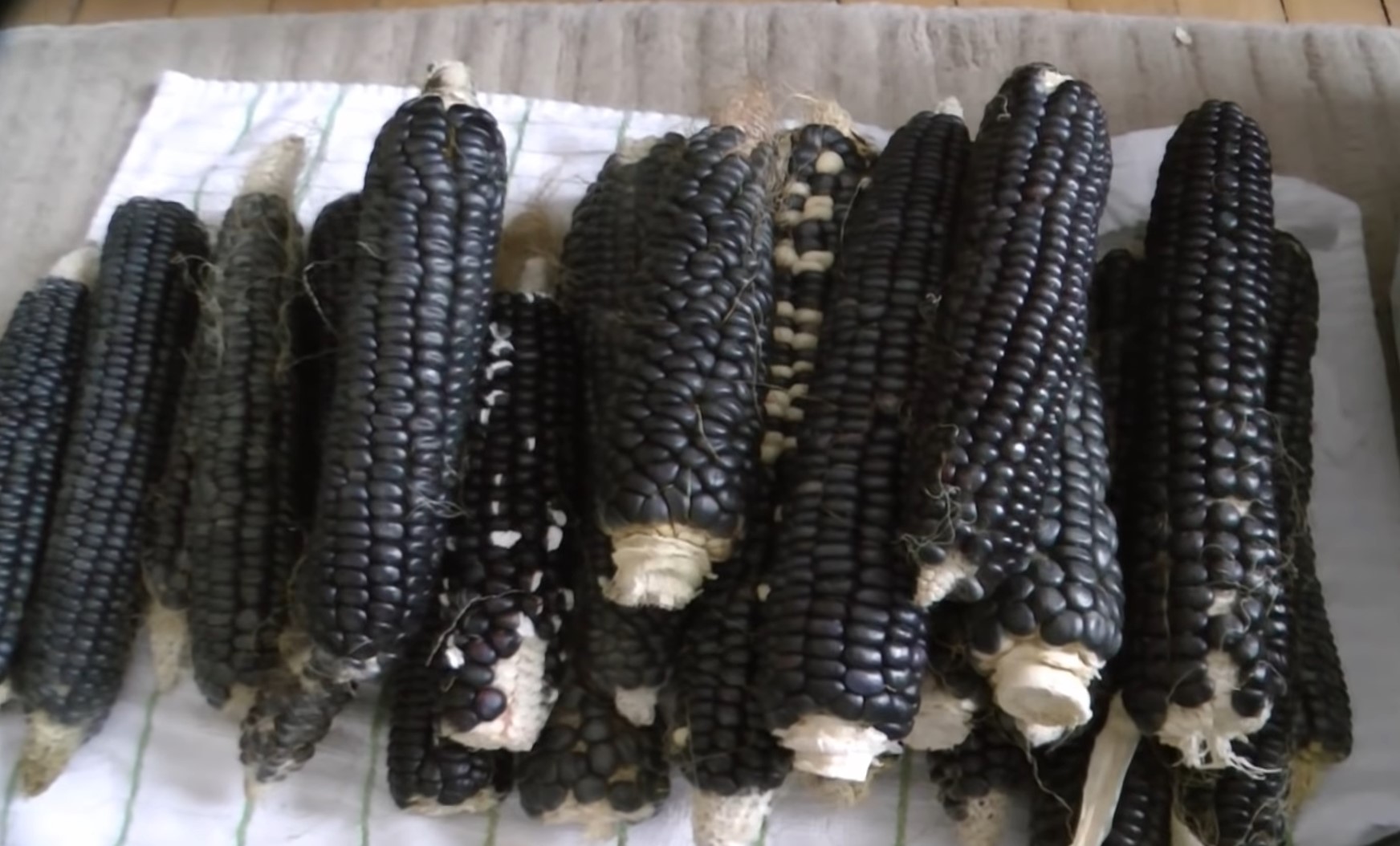
You can eat this sweet type of corn when it is young, or allow it to dry so that you can use it to make flour. Blue Hopi has higher protein content than dent corn and makes amazing tortillas.
The plants are about 5-6 ft tall and ready to harvest in 100-110 days. The dried blue ears can be also made as an adequate decoration in autumn.
11. Peaches and Cream
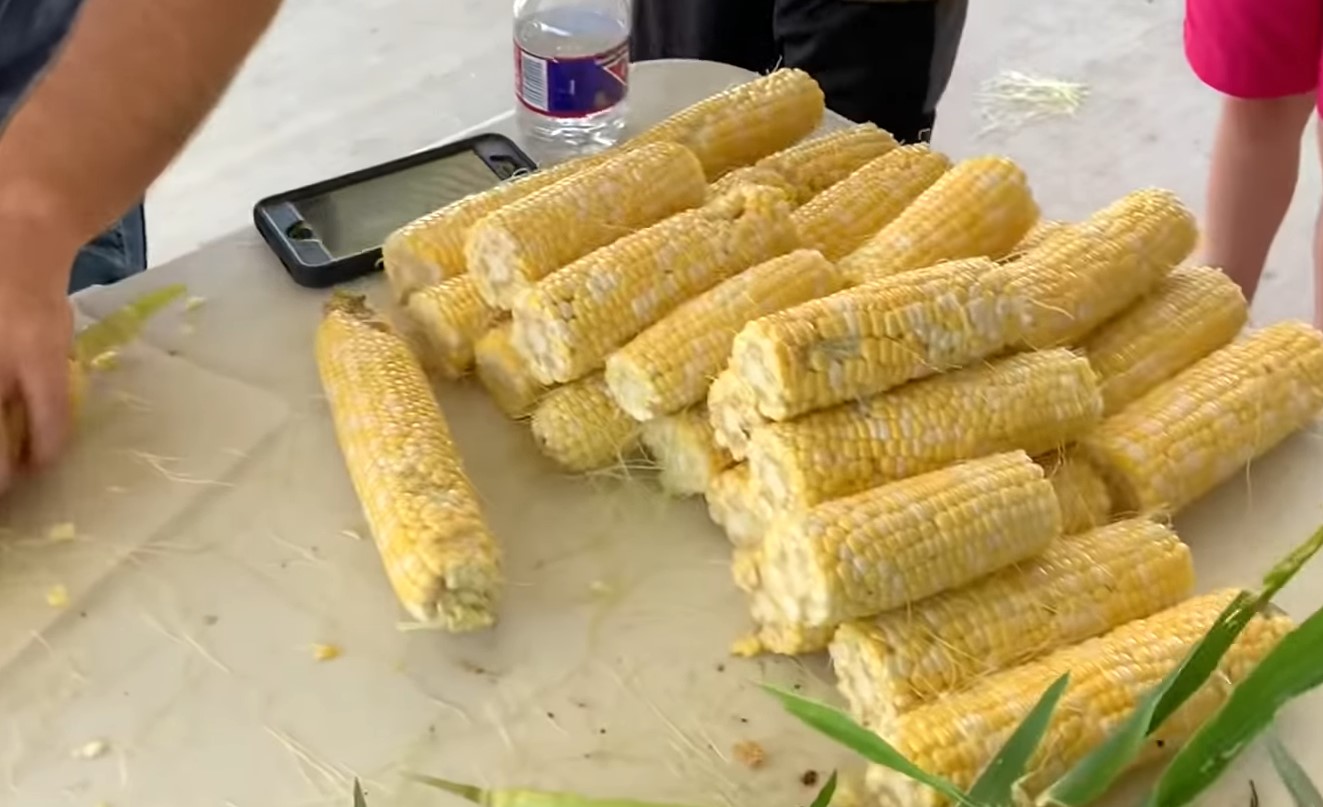
Peaches and Cream Sweet Corn combines a mixture of bicolor with white and yellow kernels that provide two distinct flavors in each bite. With a reputation like Peaches and Cream, you recognize it as a good one.
It is a sugary-enhanced (SE) variety, which implies it matures slightly before the standard varieties.
You can store the corn with sweet taste longer in cold storage for up to 10 days without losing its sweetness. This variety produces long flags that work well for covering and protecting an 8.5-length ear.
12. Dent Corn
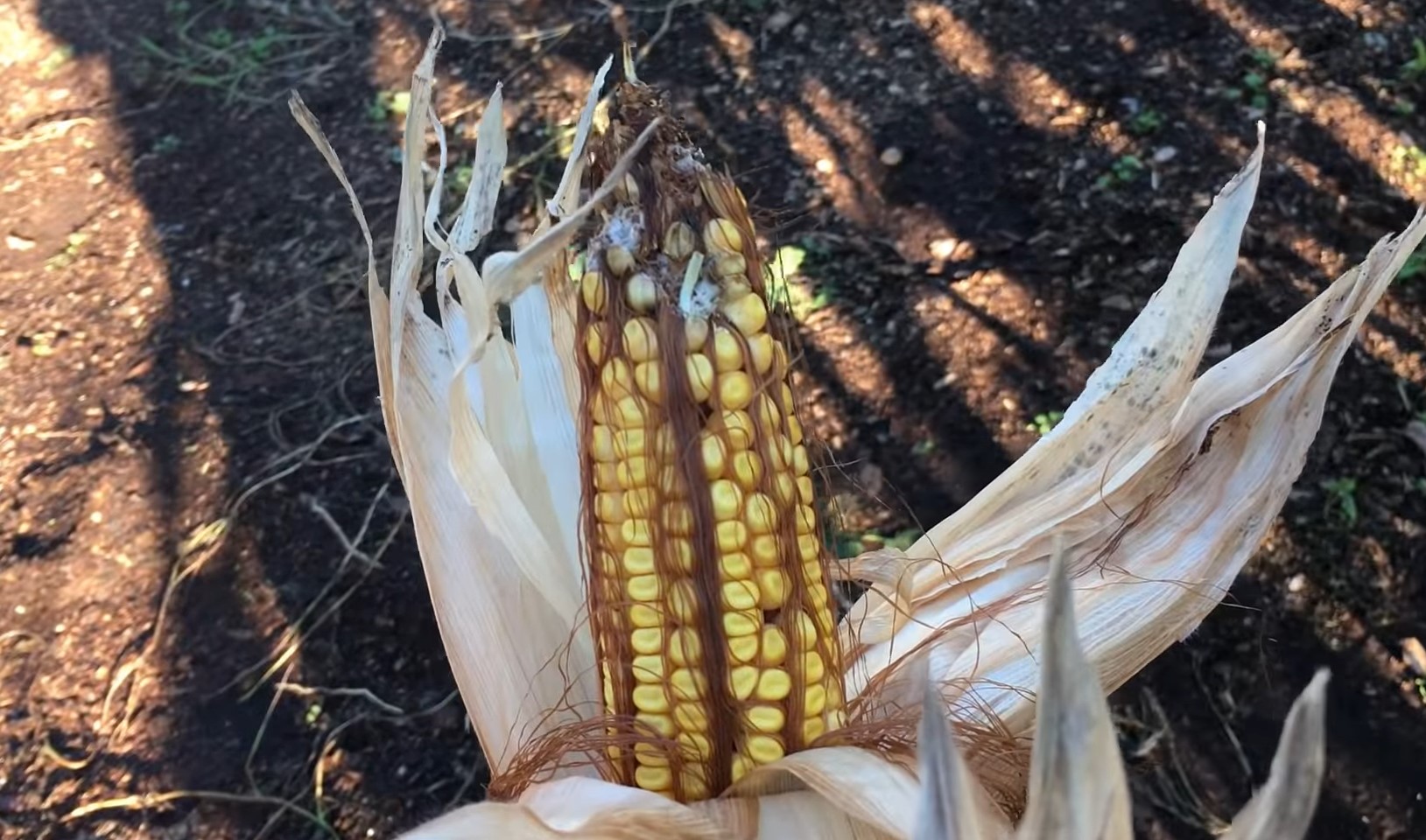
A vitreous, horny endosperm on the edges and back of the kernel is the hallmark of dent corn, while the central core that extends into the crown of the kernel is soft and starchy. Once dry, the center collapses to give a definite indentation. The degree of dentition varies with genetic background.
People use this types of corn as livestock feed, in industrial products, or to make processed foods. Dent corn is frequently cited as “field” corn. Whether white or yellow, the dent kernels contain both hard and soft starches that protrude as they mature.
13. Pod Corn
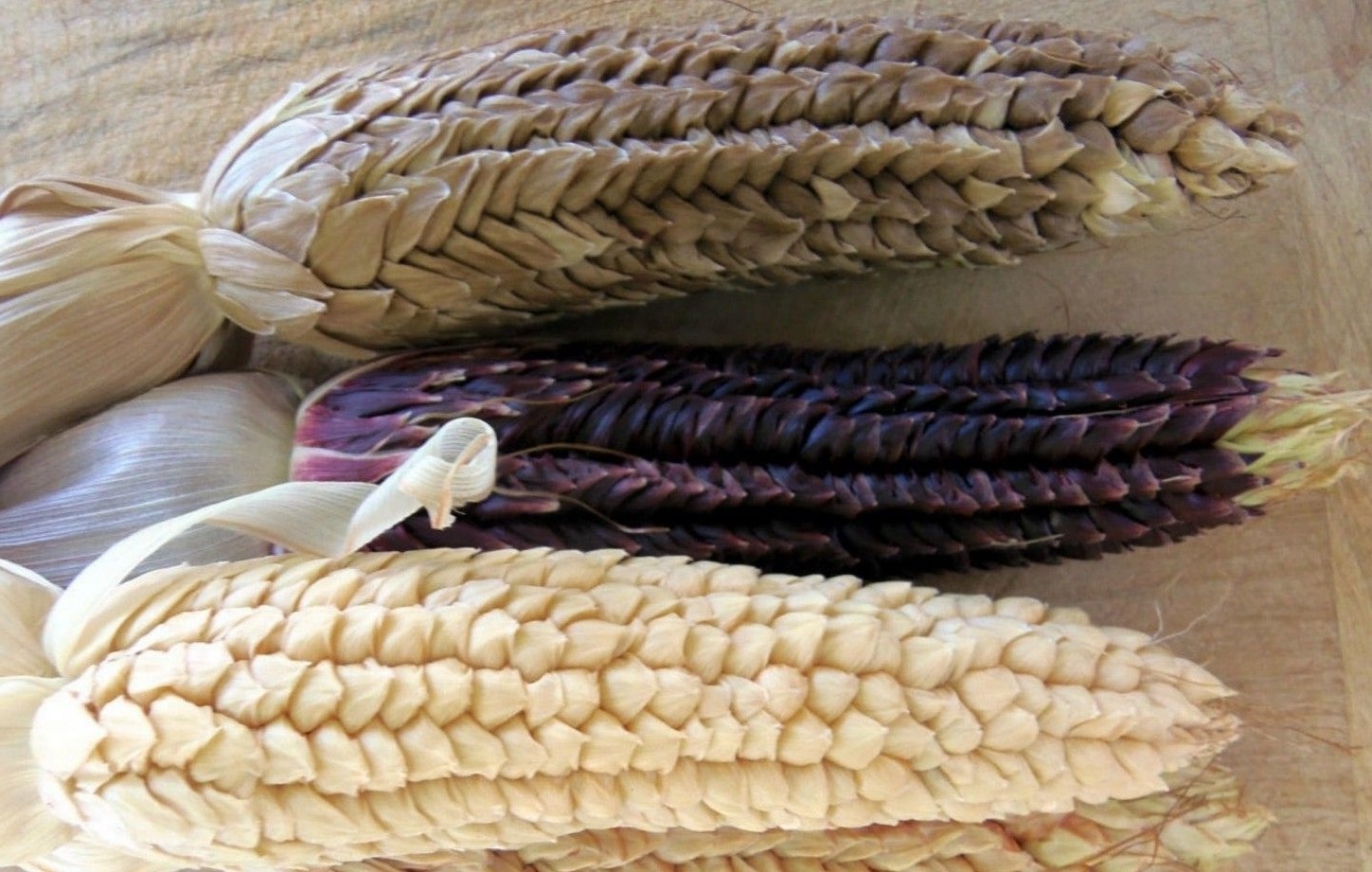
Pod corn has an impressive appearance that attracts naturalists. In this type of corn, a fine lump wraps the seeds, making them look like thin paper in its dry form and resembling a leaf sheath.
The male flowers, which are arranged in a very panicle at the tip of the stem axis, also are surrounded by long glumes, and sometimes even develop kernels that may otherwise only be found within the cob. The pod corn leaves resemble those of the traditional maize plant.
14. Heirloom Corn

Forget the yellow corns you know. If you have a plot of soil that is well-draining, you will have a chance to grow Heirloom corn. Many of the old open-pollinated Heirloom varieties are easy to grow and make a delicious product perfect for eating fresh, canning, or grinding into food.
To grow this type of corn, plant your seeds right after the last frost date in your area to a depth of about 1 ″ to 2 inches deep and 12 ″ of each other. Corn plants thrive in bright sunshine, moist soil, love loamy and fertile soil.
15. Waxy Corn
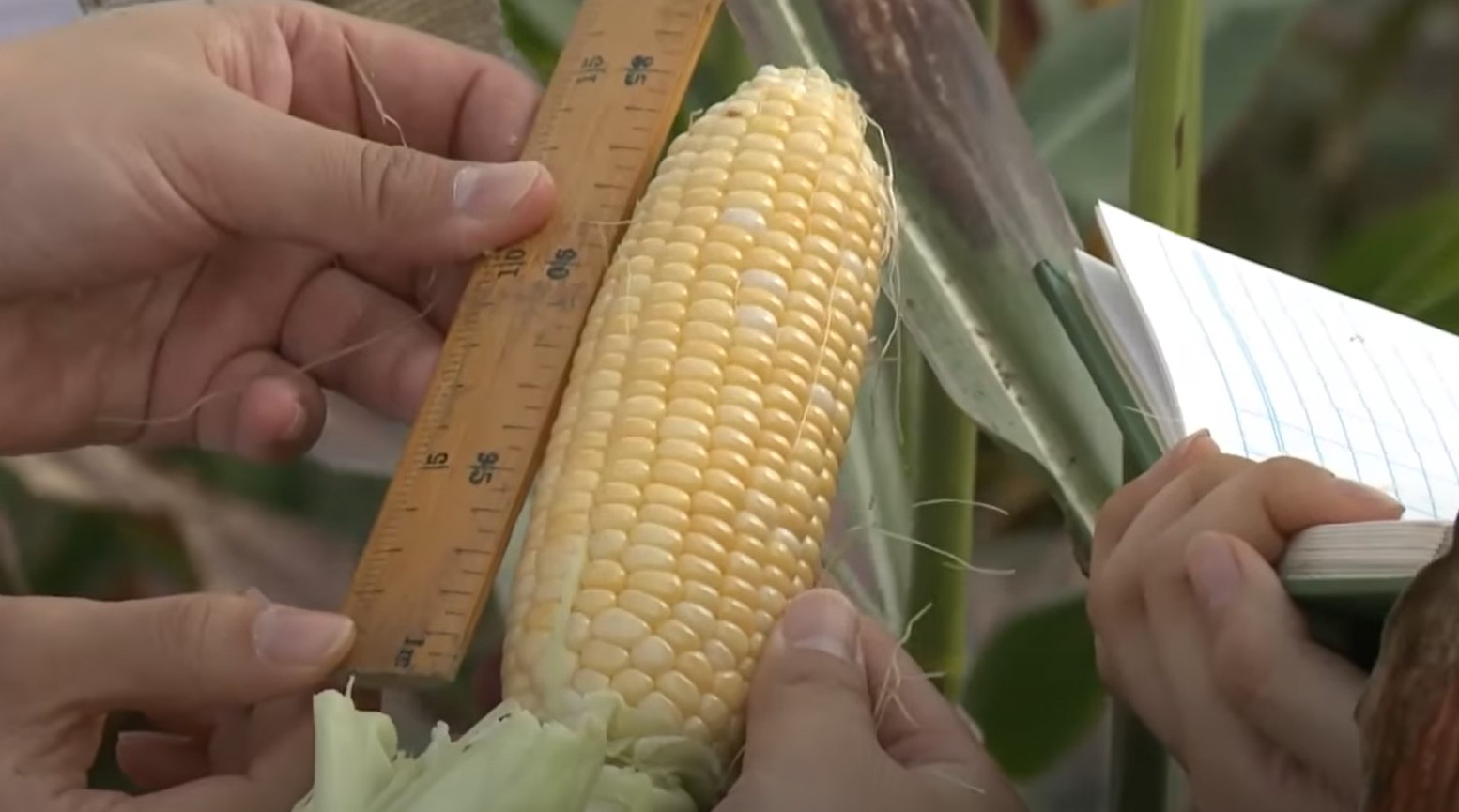
Waxy corn is identically grown under contract. Being a cistron (hence required on each side of the pedigree) it has to be grown in isolation from normal corn. Confer with the end-user regarding time and/or distance isolation requirements.
The kernels in waxy corn have a higher amount of amyl pectin than the insides of other types of corn. When waxy corn is used, it helps the assembly of milk from the cows up 5 percent. Waxy corn is made or produced for several useful resources like pies, soups, baby food, and processed foods, and other industrial ingredients.
What are the Major Types of Corn?
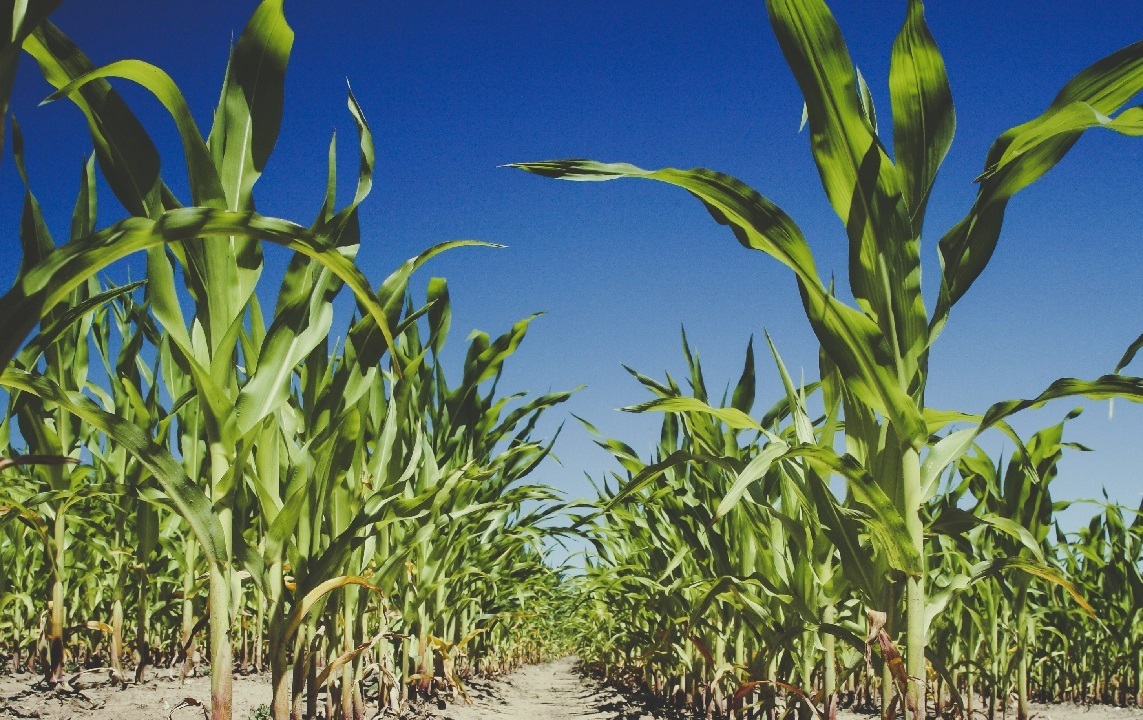 You might think all corn is the same, but it’s not. There are so many different types of corn and all of them have diverse characteristics and uses. In addition the major types of corn are the most popular all over the world and the most common use. Here are the major types of corn :
You might think all corn is the same, but it’s not. There are so many different types of corn and all of them have diverse characteristics and uses. In addition the major types of corn are the most popular all over the world and the most common use. Here are the major types of corn :
- Honey Select Hybrid
- Waxy Corn
- Jubilee Hybrid
- Stowells Evergreen
- Golden Bantam Corn
Conclusion
In conclusion, In the world of agriculture, corn is one of the most important food crops grown worldwide. The U.S. is the largest producer of corn, followed by Brazil and Argentina. While we all know what corn looks like, there are several types of corn. So, here is a list of those five types of corn.
We hope this helps you find which corn that will you plant, eat, or just as a decoration during a certain season.